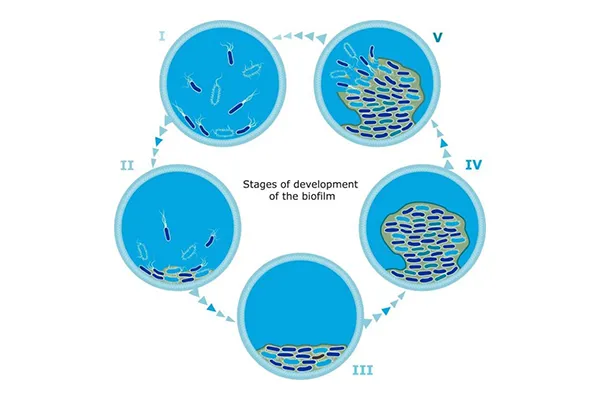Understand the Difference Between Cleaning vs. Sanitizing vs. Disinfecting
Cleaning, sanitizing, and disinfecting are very different processes. Each is critical to cleaning surfaces effectively. We looked to the CDC to see how they defined these terms and we’re happy to happy to share that information with you.
 |
CLEANING REMOVES DIRT, CONTAMINANTS AND GERMSCleaning works by using a detergent to physically remove contaminants from surfaces. This process does not necessarily kill germs, but by removing them, it lowers their numbers and the risk of spreading infection. |
 |
SANITIZING SURFACESSanitizing lowers the number of germs on surfaces to a specific safe level, as judged by public health standards or requirements. Often the amount of germs are lowered to specified levels for food safety considerations, such as reducing food-related bacteria. |
 |
DISINFECTING KILLS GERMSDisinfecting uses chemicals to kill bacteria, fungi, and viruses on surfaces or objects. This process does not necessarily clean dirty surfaces or remove germs, but rather kills germs on a surface after cleaning, further lowering the risk of spreading infection. |
Generally, you should clean a surface first to remove contaminants and to disrupt any germ colonies (or Biofilms) on that surface, and then disinfect to kill remaining germs. The scrubbing action of cleaning breaks down the biofilm making it easier to remove germs, and that allows the disinfecting agent to more easily get at the remaining germs.
 |
Biofilm: Why its important to CLEAN & DISINFECTCleaning reduces the volume of germs and makes it more likely you will kill what is left. This is why the CDC recommends cleaning first, then disinfecting. Stage I – Attachment to surface Stage II – Formation of monolayer and production of germ matrix Stage III – Microcolony formation, multi-layer matrix Stage IV – Mature biofilm with characteristic “mushroom” polysaccharide forms Stage V – Detachment and reversion to planktonic growth, starting a new cycle KICTeam has TotalCareTM solutions for cleaning and sanitizing your equipment as well as other hard surfaces (benches, counters, plexi-glass barriers, etc.) |
